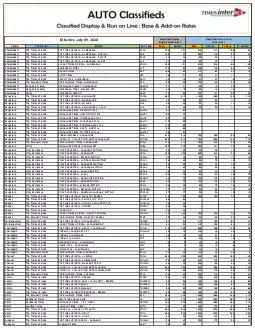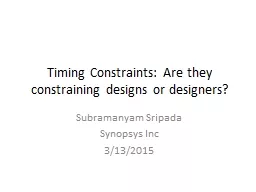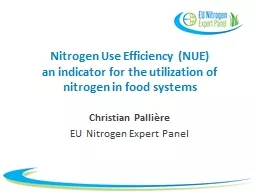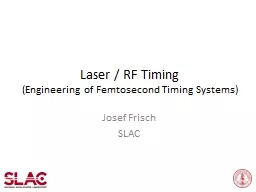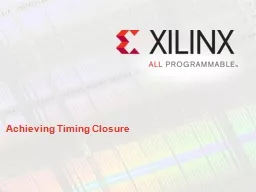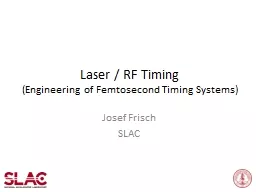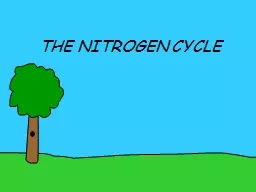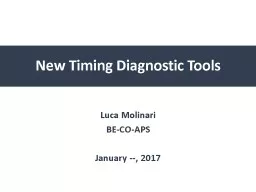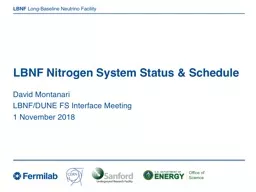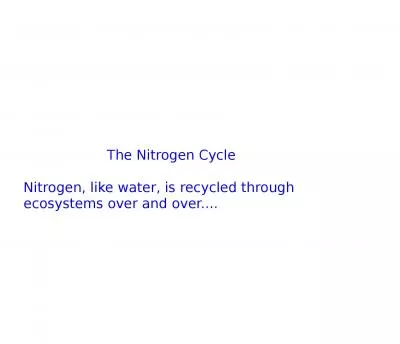PPT-Responsible Nitrogen Management in 2018: Rates, Treatments and Timing
Author : cheryl-pisano | Published Date : 2019-11-22
Responsible Nitrogen Management in 2018 Rates Treatments and Timing IFCA Webinar February 9 2018 Emerson Nafziger Crop Sciences University of Illinois ednafillinoisedu
Presentation Embed Code
Download Presentation
Download Presentation The PPT/PDF document "Responsible Nitrogen Management in 2018:..." is the property of its rightful owner. Permission is granted to download and print the materials on this website for personal, non-commercial use only, and to display it on your personal computer provided you do not modify the materials and that you retain all copyright notices contained in the materials. By downloading content from our website, you accept the terms of this agreement.
Responsible Nitrogen Management in 2018: Rates, Treatments and Timing: Transcript
Download Rules Of Document
"Responsible Nitrogen Management in 2018: Rates, Treatments and Timing"The content belongs to its owner. You may download and print it for personal use, without modification, and keep all copyright notices. By downloading, you agree to these terms.
Related Documents


